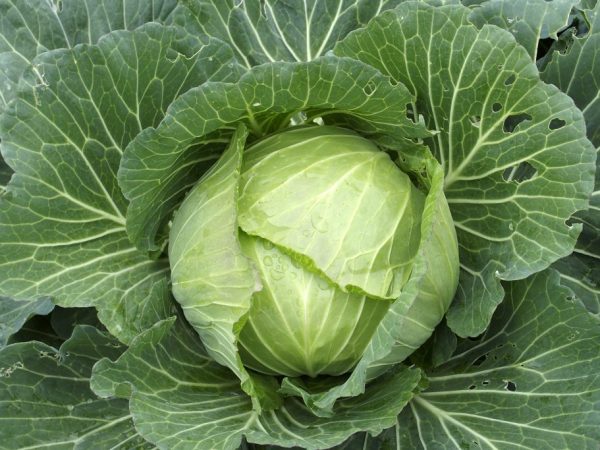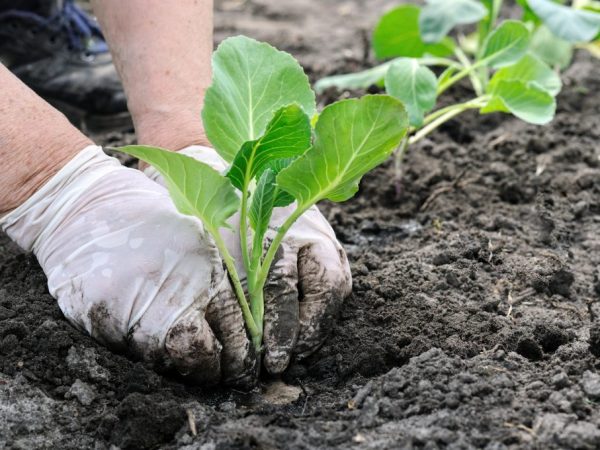Characteristics of Etma F1 cabbage
One of the most optimal varieties for growing is Etma Cabbage. The variety is resistant to fusarium and internal necrosis. Has a good yield and a long shelf life. It is a late variety, and at the exit has a minimum amount of waste. We will consider the description of the vegetable in more detail in the article.

Characteristics of Etma F1 cabbage
Characteristics of the variety
The European white hybrid of late ripening Etma F1 has a strong leafy structure, which makes the fruit massive. The growing season is relatively short, up to 130 days. Already on the 100th day, the fetus reaches 2.5 kg in weight.
One of the criteria for good growth is high-quality fertile soil, mainly loamy and light loamy. The soil must be moisture permeable and also sufficiently ventilated. Density of planting in the soil is 30 - 35 thousand seeds per 1 hectare.
Description of the head
Head of cabbage Etma F1 is light green in color. Weight varies from 3 to 4 kg. Smooth rounded shape and dense leafy structure make it possible for pneumatic cleaning.
Cabbage fruits are rich in vitamins C, K, and minerals such as cobalt, manganese, copper and molybdenum.
Description of white cabbage Etma F1:
- long-term storage, from 7 to 12 months;
- disease resistance;
- head of cabbage weight from 3 to 4 kg;
Since the variety is late, and the shelf life is long, Etma F1 is excellent for growing on a large scale, with further implementation.
Application of the vegetable
The use of white cabbage Etma F1 is varied. Excellent taste allows it to be used in cooking: for pickling, pickling, stewing. Raw cabbage is healthier than cooked cabbage. The high content of coarse fiber makes it an excellent colon cleanser. Can be used in vegetable salads.
Care
The growing of Etma F1 cabbage is carried out by the seedling method, and this, in turn, requires certain conditions and rules.
Lighting
This variety of cabbage requires good lighting both during the growth of seedlings and after planting in a permanent place. Excess sunlight can also be harmful. To adjust the amount of required lighting on the site, low density agrofiber is used.
Temperature

You need to plant hardened seedlings
After the seeds of Etma F1 cabbage have sprouted, the temperature should be 6-8 °, which will give an additional impetus to the sprout, and it will stretch to the desired size. This is followed by an increase in temperature, during the day up to 15-16 °, and at night up to 12-13 °.
Before planting sprouts on the site, hardening must be carried out. To do this, they are taken out into the street for 1-2 hours for several days in a row.
Watering
Initially, the seeds are placed in a well-moistened soil. Subsequent watering of seedlings should occur only as needed, when the top layer of the earth looks dry. To avoid excess moisture, watering is done in moderation.
The grown cabbage requires more moisture to build up mass. Water often and abundantly with warm water.
The main watering should take place in the evening, when the heat subsides. Watering at lunchtime when solar activity is at its peak will quickly evaporate moisture. The root of the plant will dry out and the cabbage may burn.
Top dressing
The yield performance of cabbage will improve if the soil is fertilized at the time of heading. During the season, you need to carry out 4 - 5 fertilizing of the soil with nutrients. For this, liquid fertilizers, nitrophoska, and potassium chloride are used. Also, you can use organic matter, namely mullein infusion, wood ash and fermented weeds.
Pests and diseases
Diseases that can affect Etma cabbage:
- Keela. Diluted formalin is used to fight, and diseased leaves are burned.
- White rot. To avoid this disease, you need to make top dressing. Crop rotation can also prevent disease.
- Blackleg. The remedy Fitosporin is used, which kills the fungus that causes the disease.
- Gray rot. This is a storage problem. The room must be well ventilated, and the walls must be treated with bleach.
Among pests it is worth fearing:
- Whitefish, cabbage fly, cabbage scoop. The soil is sprinkled with a mixture of naphthalene and sand, for prevention purposes. If, nevertheless, they are wound up, then you need to sprinkle with dust solution.
- Cruciferous flea. It is excreted with ground pepper or tobacco dust.
- Aphid. To combat, use special preparations or a decoction of tobacco dust.
Conclusion
White cabbage Etma F1 has proven itself well among gardeners. Subject to all the rules of care and prevention, it is possible to get a large and high-quality crop that will be stored for a long time.


